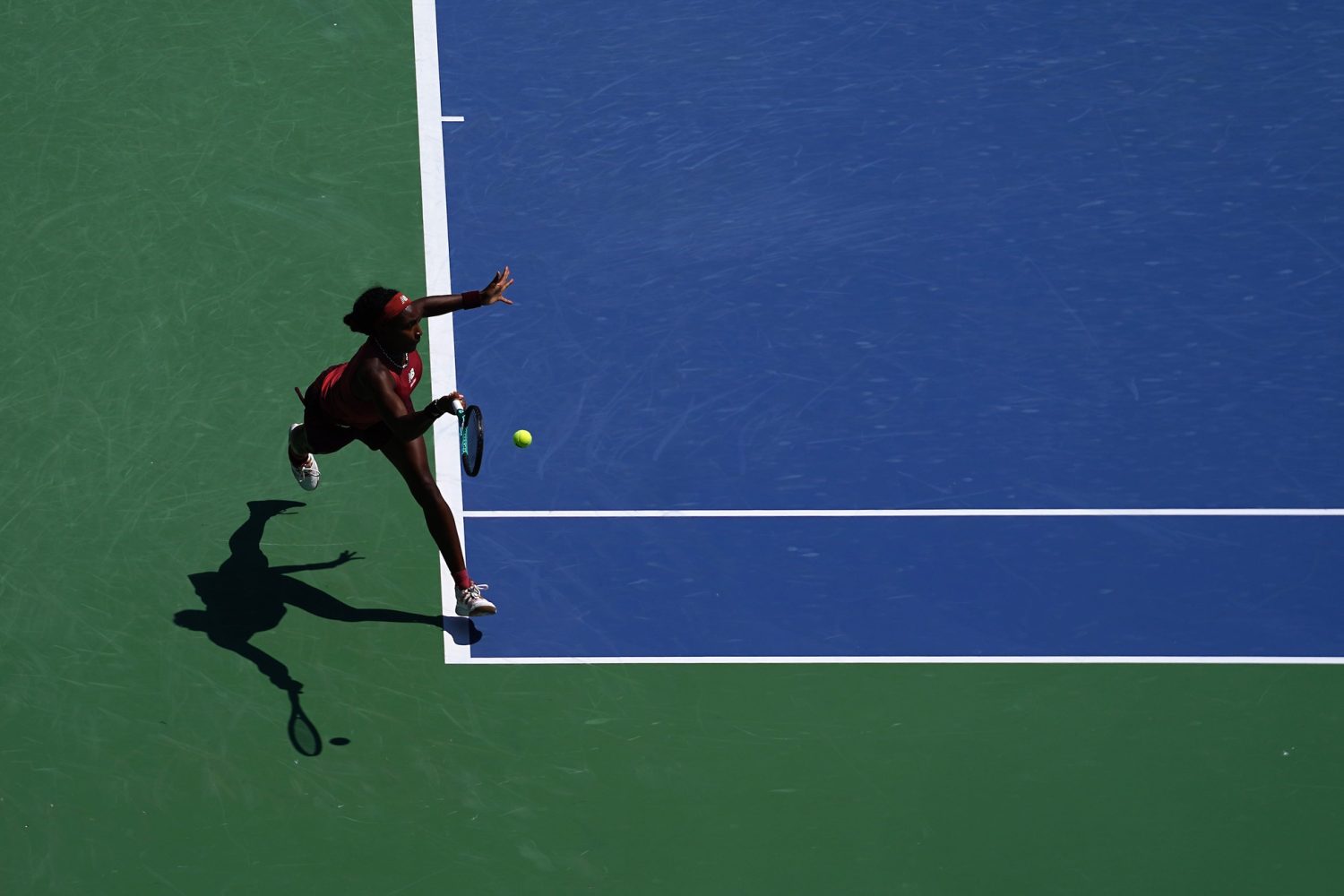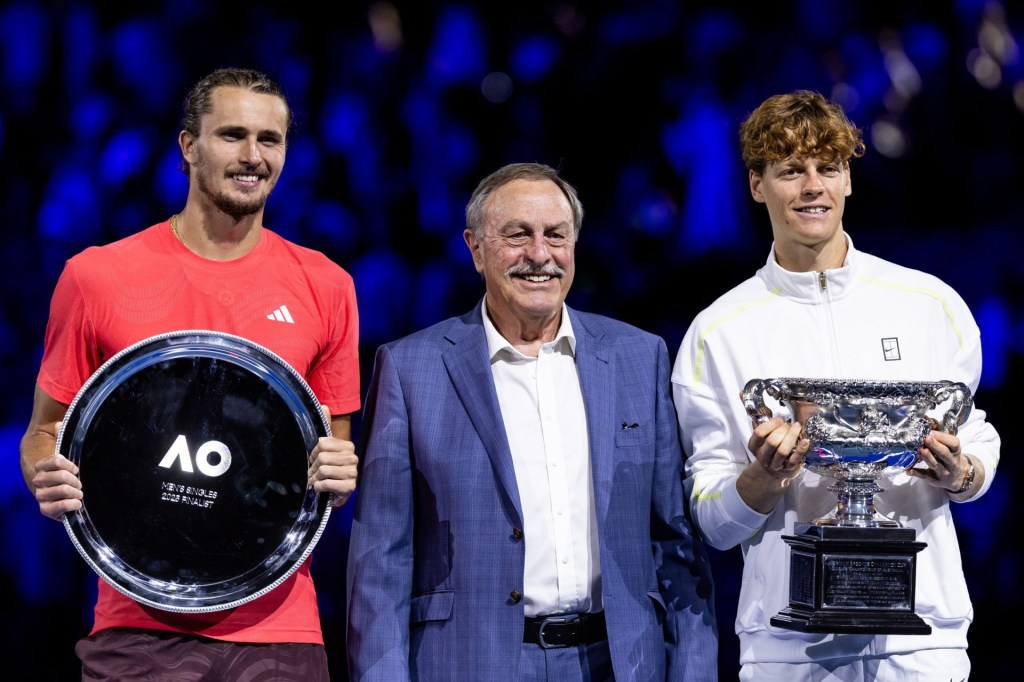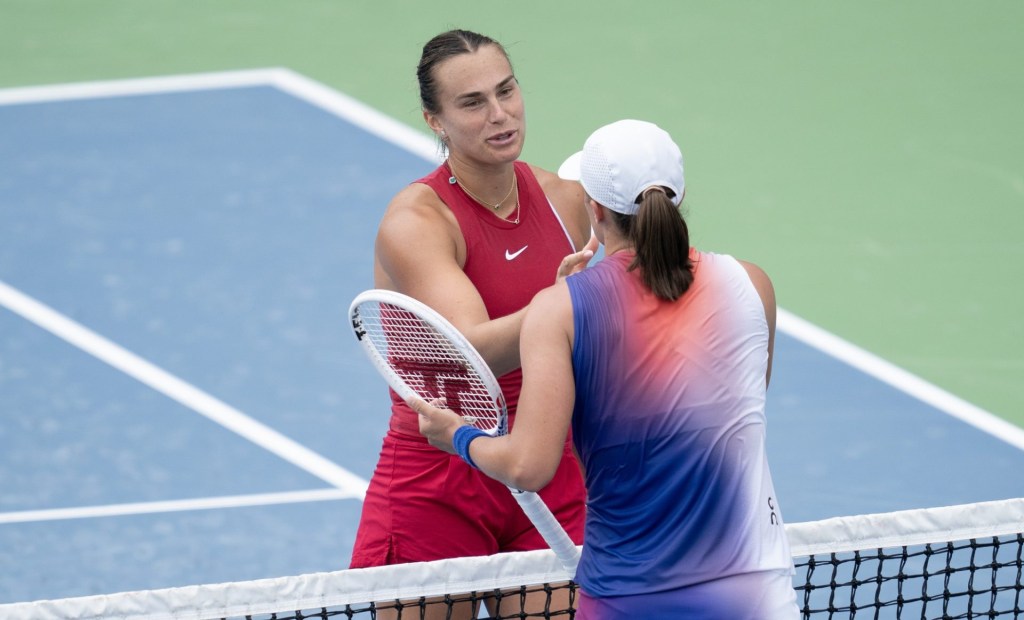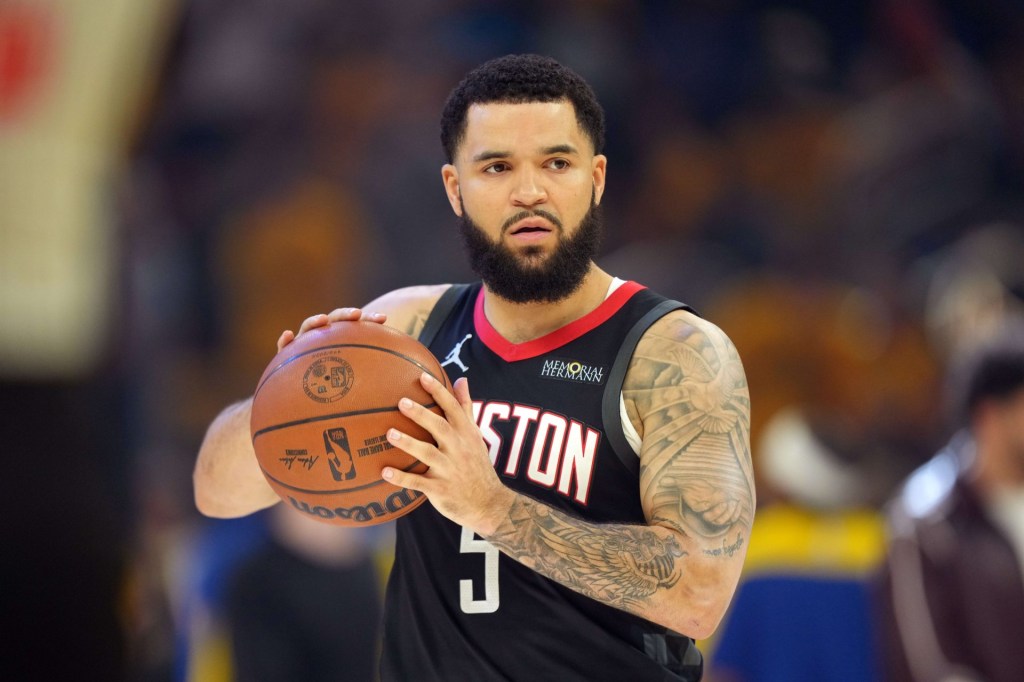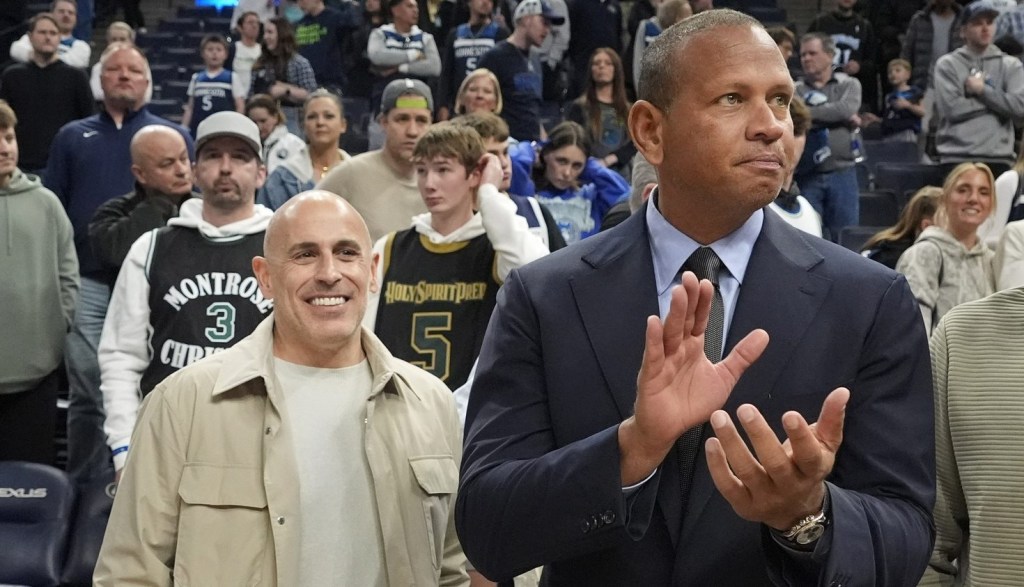The 2023 US Open will be the 50th edition to offer equal prize money, with a record purse of $65 million, and caps off the 17th season with pay equity at all four Grand Slams.
The same cannot be said for all of the regular-season events run by the Association of Tennis Professionals and the Women’s Tennis Association, which operate on much smaller budgets than the majors and generate much less revenue.
The women’s game is making progress, but is still very much playing catch-up.
The two prominent 1000-level tuneups for the US Open — the Canadian Open and the Cincinnati Masters — each offered a total prize pool of $6.6 million for the men and $2.8 million for the women.
This summer, the WTA’s Silicon Valley Classic and the ATP’s Citi Open merged to form the first “DC Open” — the only 500-level combined event. Tournament chairman Mark Ein tells FOS that the move was intended to open up a future with equal prize money.
“One of the greatest attributes of tennis is it’s the only sport where men and women play together on the same court or field, in the same stadium, at the same time,” he says. “If you think long term, you really want to have the same level of that because that’s what lets you put it on in an equal way.”
That said, the tournament had a total financial commitment of $2.2 million for the men’s side and $780,637 for the women’s.
In June, the WTA announced that all combined 1000- and 500-level events will offer equal prize money by 2027; all non-combined 1000- and 500-level events will do so by 2033.
In March, private equity firm CVC Capital Partners invested $150 million, which WTA president Micky Lawler told FOS will help “accelerate” the tour’s plans to build out its media product and offer equal pay.
“When you put together a budget based on what you have on the books and based on your projections and your objectives, you put together a timeline and that’s what we’ve done,” Lawler says.
While that seems like a long time away, it’s the absolute earliest it would make sense economically, as decades of limited media rights investment has resulted in standalone WTA events generating “a fraction” of the TV revenue generated by ATP events, a tennis industry source tells Front Office Sports. The ATP declined comment for this story.
With CVC managing media rights, sponsorship, and other revenue drivers for WTA, the tour could make up more ground on ATP. But perhaps the best solution is for the two sides to combine forces with an “inevitable” merger.
“I don’t think there’s a sponsor of a combined event, or a broadcaster, or a ticket holder that bought that ticket, or decided on that sponsorship, or decided to buy the media rights because of one [gender] or the other,” Lawler says.
But how and when a merger will finally happen are “two million dollar questions,” says Lawler.
